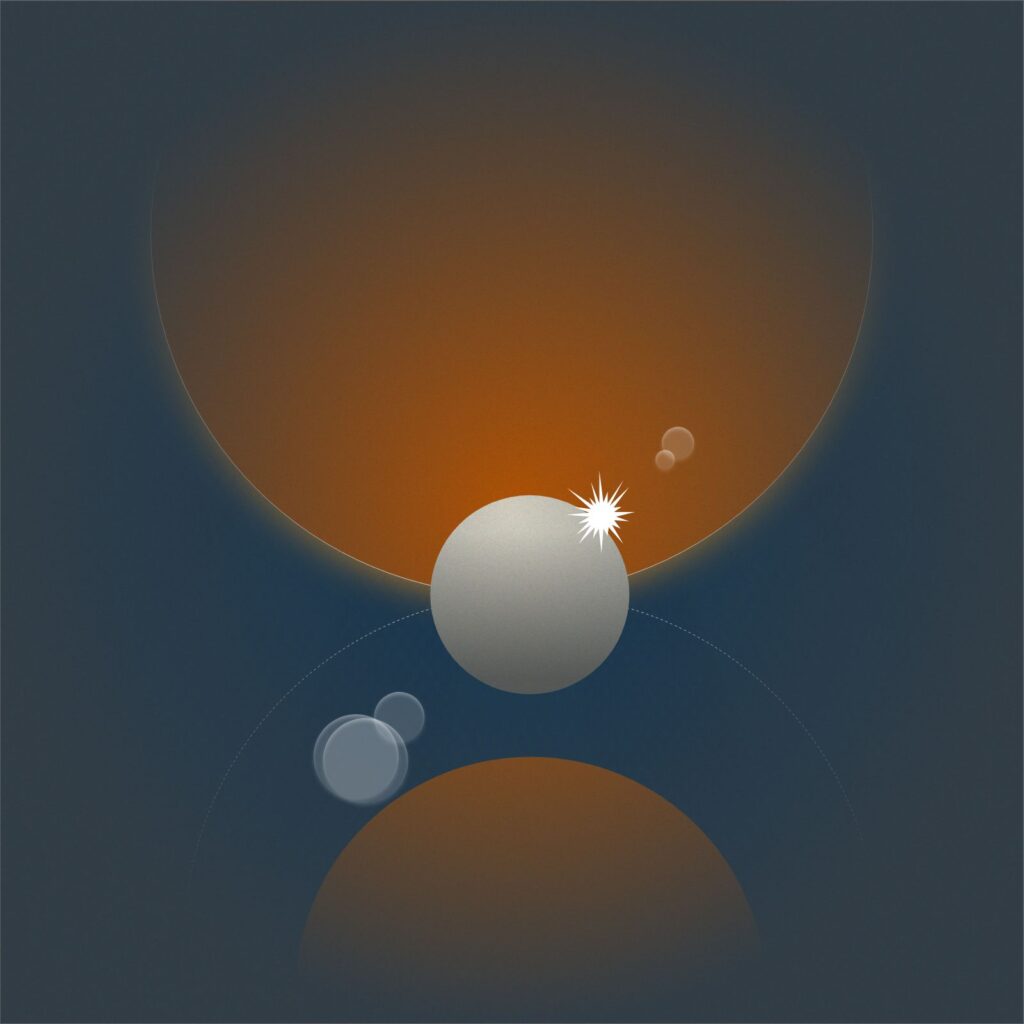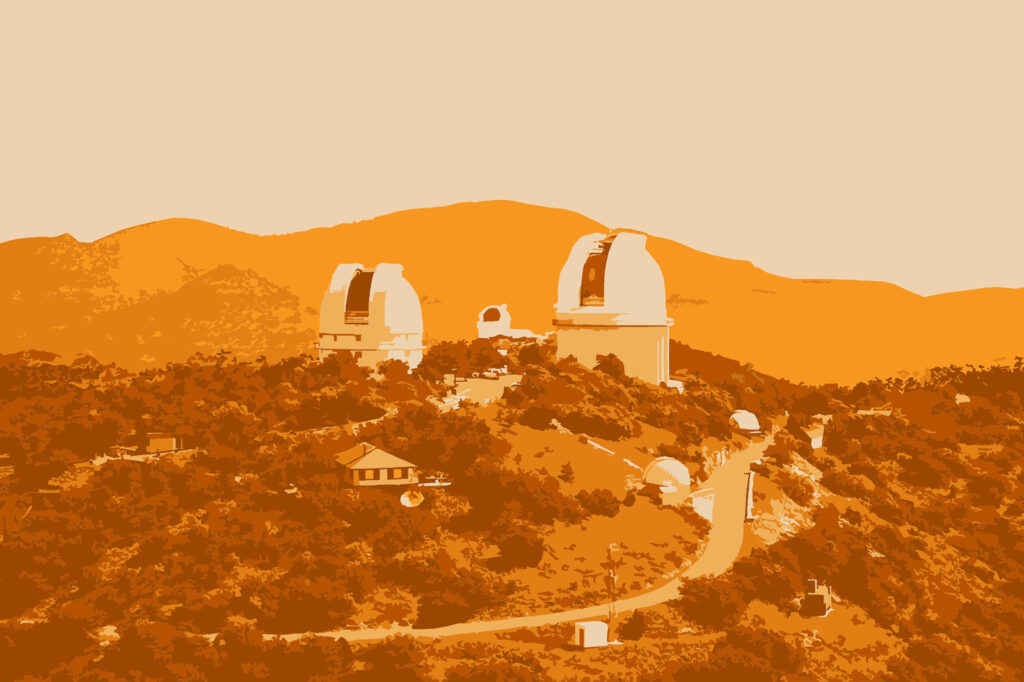
Eclipse Resources
Use our UTotal Solar Eclipse resource guide for quick information about eclipse science, safety and celebrations.


All About Eclipses
Solar eclipses occur when the moon passes between the sun and Earth, blocking the sun’s light. If you’re lucky enough to be in the narrow path of the moon’s shadow when it crosses the sun, you see a total solar eclipse.
Good news for Texans — about 12 million of us live within the path of totality! Remember that not every part of a metropolitan area may be in the 115-mile-wide shadow of the moon. Use a tool like NASA’s Eclipse Explorer to see if your zip code will experience a total solar eclipse.
A total solar eclipse happens in several stages, starting with a partial eclipse. The sun will appear to take on a crescent shape as the moon starts to pass between the sun and Earth. As the moon passes completely in front of the sun, we reach what’s called “totality.” Totality where you are might last seconds or a few minutes.
During that time, you may see what looks like a 360-degree sunrise or sunset before the sky turns dark. You might even be able to see stars or planets in the dark sky! The temperature may drop up to 10 degrees and you might hear nighttime noises like crickets or frogs. As the moon continues its orbit, totality will end and you will see brightening reappear as the eclipse enters its final stages.
It’s never safe to look directly at the sun! Instead, put on a pair of CE- and ISO-certified eclipse glasses. (If you are a UT community member, a pair will be provided for you during the Total Eclipse of the Horns event.) You’ll need to keep them on throughout the eclipse. It’s only safe to remove your glasses during the period of totality, when the moon has completely blocked the sun’s rays.
Don’t have eclipse glasses? Try indirect viewing! Turn your back to the sun and use your fingers, an index card with a hole punched in it, a straw hat or a colander to project an image of the sun onto a nearby surface. Learn more about indirect viewing on the American Astronomical Society’s website.
Explore more about eclipses with information from UT’s McDonald Observatory or NASA’s Eclipse information hub.
Eclipse Experiences
The Total Eclipse of the Horns will take place at locations across the Forty Acres from 11 a.m. – 3 p.m. on Monday, April 8. Visit the event page for a map and complete details. UT will observe a community-wide viewing period from 1-2 p.m.; classes will not meet and most normal University services will be suspended during that time.
The Total Eclipse of the Horns is open to all UT students, faculty and staff.
Unfortunately we do not have enough astronomers to support off-campus events. Instead, consider becoming your own eclipse expert! Visit McDonald Observatory’s eclipse page to learn more about upcoming online trainings.
Yes! Visit McDonald Observatory’s eclipse page to learn more about online trainings, or request a direct-download link for UT’s eclipse video, which covers what eclipses are, how to view them safely, and what role they play in scientific research and human culture. Total eclipses often inspire a lifelong love of science, so keep the conversation going in your family, school or group with more opportunities for young people interested in astronomy and related subjects from UT’s STEM Starts site!
The City of Austin and Austin Public Library have lists of eclipse events in Central Texas. Keep in mind that we are expecting an influx of visitors and traffic may be severe — we encourage you to experience the eclipse at the event nearest your home, school or workplace.


Learn More!
Visit UT’s eclipse experts guide.
There’s so much more to learn about our universe!
If you’d like more hands-on experience viewing celestial objects, you can attend a public telescope viewing on campus in Austin or plan a daytime or evening visit to UT’s McDonald Observatory in West Texas.
Interested in learning more about astronomy? Check out McDonald Observatory’s StarDate! Its daily radio program airs on more than 300 radio stations nationwide and can be accessed online for free. StarDate magazine publishes skywatching information and the latest astronomy news six times per year.
If you’re ready to do some science of your own, sign up for Dark Energy Explorers, a citizen-science program where you can help UT researchers learn more about more than 1 million distant galaxies! No science education or special training is required.